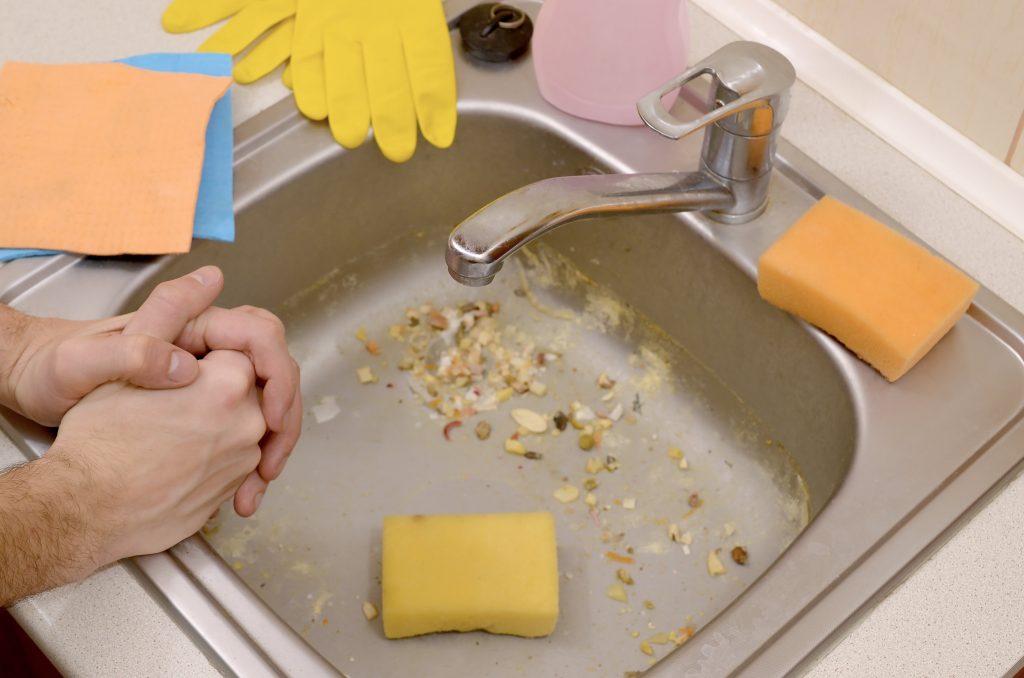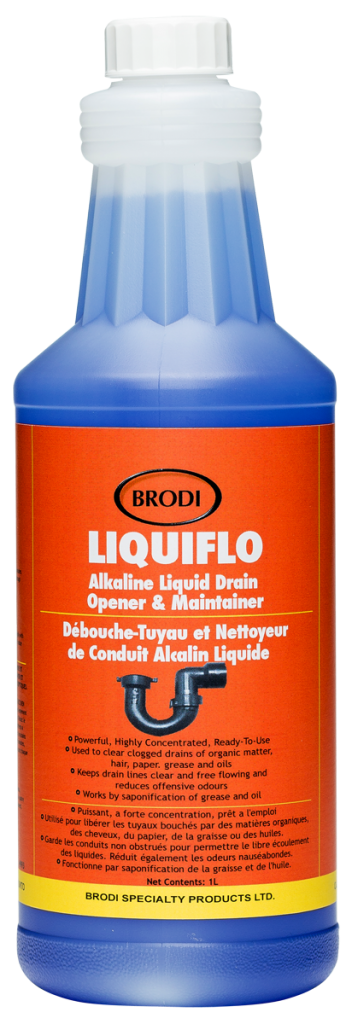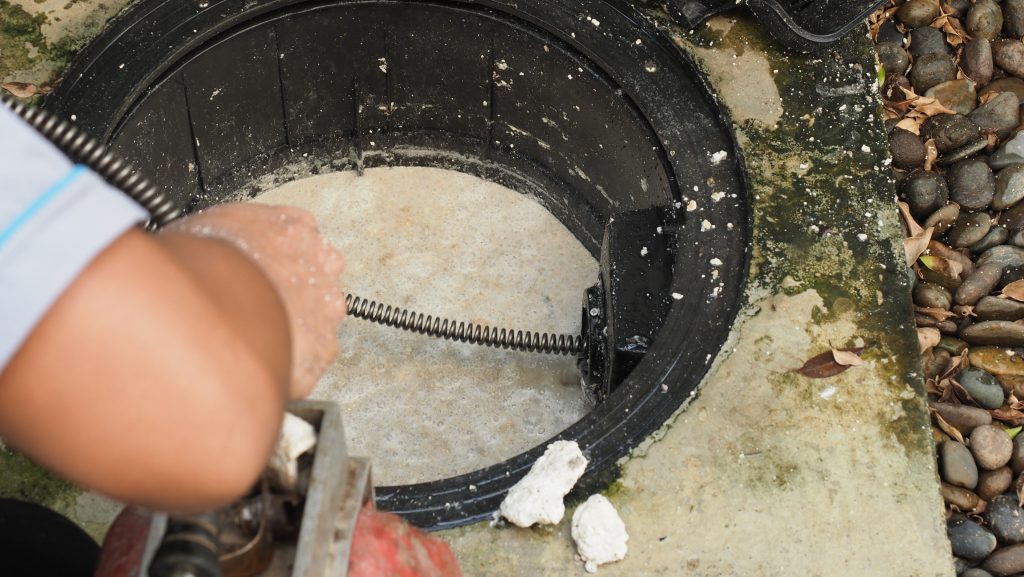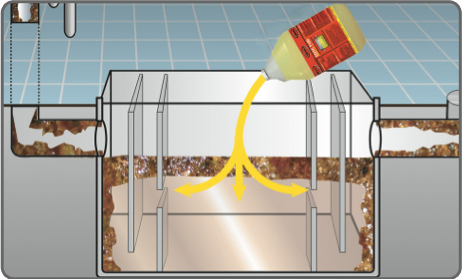Are you tired of worrying about your electronics getting wet? Water damage can be a real nightmare. But fear not! In this article, we’ll show you a simple and effective solution: rubberized spray.
Rubberized spray is a product that forms a protective barrier around your electronics, making them completely waterproof. By creating a flexible and durable coating, it prevents water from seeping into your devices and causing damage. This means you can confidently use your gadgets in any weather conditions or even take them for a swim!
Not only does rubberized spray provide waterproof protection, but it also guards against dust, dirt, and impact damage. It’s like a shield for your electronics, ensuring they stay in top-notch condition for longer. And the best part is, applying rubberized spray is a breeze. With just a few simple steps, you can transform your gadgets into water-resistant powerhouses.
So don’t let the fear of water damage hold you back. With rubberized spray, you can enjoy your electronics worry-free, knowing they’re protected from the elements. Get ready to make a splash with waterproof gadgets!
The Importance of Waterproofing Electronics
Water damage is one of the most common and costly issues faced by electronic device owners. Waterproofing your electronics is essential to ensure their longevity and maintain their functionality.
When your electronics are waterproofed, there’s no need to panic if they accidentally come into contact with water. You can confidently take your devices to the beach, or pool, or even use them in the rain without worrying about potential damage. Waterproofing provides peace of mind and allows you to enjoy your gadgets in any environment fully.
Understanding Rubberized Spray
Rubberized spray is a revolutionary product designed specifically for waterproofing electronics. It is a liquid coating that forms a protective layer when applied to the surface of your devices. This coating is made from a combination of rubber and other materials that create a flexible and durable barrier against water, dust, dirt, and impact damage.
The rubberized spray is available in aerosol cans, making it easy to apply evenly to your electronics. It dries quickly, forming a seamless and transparent coating that doesn’t interfere with the functionality or aesthetics of your devices. The spray can be used on a wide range of electronic devices, including smartphones, tablets, cameras, headphones, and even circuit boards.
Benefits of using rubberized spray for waterproofing
Using rubberized spray to waterproof your electronics offers several benefits that go beyond just protecting them from water damage. Here are some of the key advantages:
1. Waterproof Protection: Rubberized spray creates a waterproof barrier that prevents water from seeping into your devices, keeping them safe from damage.
2. Dust and Dirt Resistance: The protective coating also guards against dust and dirt, ensuring your electronics stay clean and free from debris.
3. Impact Resistance: The flexible nature of the rubberized coating provides an extra layer of protection against accidental drops or impacts.
4. Easy Application: Applying rubberized spray is a simple process that can be done by anyone. It requires minimal tools and expertise, making it accessible to all users.
5. Transparent and Non-Intrusive: The spray dries to a transparent finish, allowing you to maintain the original look and feel of your electronics.
6. Cost-Effective: Waterproofing your electronics with rubberized spray is a cost-effective solution compared to purchasing expensive waterproof devices.
With these benefits in mind, it’s clear that rubberized spray is the ideal choice for anyone looking to protect their electronics from water damage and extend their lifespan.
Steps to Waterproof your Electronics with Rubberized Spray
Now that you understand the importance of waterproofing and the benefits of rubberized spray, let’s dive into the step-by-step process of waterproofing your electronics.
1. Preparing Your Electronics for Waterproofing
Before applying rubberized spray, it’s crucial to prepare your electronics properly. Follow these steps:
1. Power Off: Turn off your electronic device to avoid any potential damage during the waterproofing process.
2. Clean: Remove any dirt, dust, or debris from the surface of your device using a soft cloth or brush.
3. Masking: Use masking tape to cover any areas that you don’t want to be coated, such as buttons, ports, and camera lenses.
4. Disassemble (if necessary): If your device is easily disassembled, consider removing components to ensure a thorough coating.
2. Applying Rubberized Spray to Your Electronics
Once your electronics are prepared, you can begin applying the rubberized spray. Follow these steps:
1. Shake the Can: Shake the aerosol can of rubberized spray thoroughly to ensure a proper mixture of the coating.
2. Spray Evenly: Hold the can about 6 inches away from your device and apply an even layer of the spray, moving in a sweeping motion.
3. Multiple Coats: Apply multiple coats for maximum protection, allowing each coat to dry completely before applying the next one.
4. Check for Coverage: Ensure that the entire surface of your device is evenly coated with the rubberized spray.
3. Curing and Testing the Waterproofing
After applying the rubberized spray, it’s important to allow it to cure properly and test the waterproofing. Follow these steps:
1. Curing Time: Let your device sit for the recommended curing time mentioned on the rubberized spray can. This allows the coating to fully bond and create a strong barrier.
2. Water Test: Fill a basin or sink with water and carefully submerge your device. Leave it underwater for a few minutes to test the effectiveness of the waterproofing.
3. Inspect for Leaks: After the water test, remove your device from the water and dry it off. Inspect it thoroughly for any signs of water leakage. If there are no leaks, your device is successfully waterproofed.
Additional tips for successful waterproofing with rubberized spray
While the process of waterproofing your electronics with rubberized spray is relatively straightforward, there are a few additional tips to keep in mind for optimal results:
1. Choose the right product: Not all rubberized sprays are created equal. Be sure to choose a high-quality product that is specifically designed for electronics waterproofing. This will ensure the best protection and longevity for your devices.
2. Apply multiple thin coats: It’s better to apply several thin coats of rubberized spray rather than one thick coat. This will allow for better adhesion and flexibility, reducing the risk of cracking or peeling over time.
3. Reapply as needed: Over time, the rubberized coating may wear off or become damaged. If you notice any signs of wear or water penetration, it’s important to reapply the rubberized spray to maintain the waterproofing protection.
4. Avoid extreme temperatures: While rubberized spray is designed to withstand a wide range of temperatures, extreme heat or cold can affect its performance. Avoid exposing your waterproofed electronics to extreme conditions for extended periods of time.
By following these additional tips, you can ensure that your electronics remain waterproof and protected for years to come.
Common mistakes to avoid when waterproofing electronics
While waterproofing your electronics with rubberized spray is a straightforward process, there are a few common mistakes that you should avoid:
1. Skipping the preparation: Properly preparing your electronics before applying the rubberized spray is crucial for optimal adhesion and waterproofing. Skipping this step can result in a subpar finish and reduced effectiveness.
2. Applying too thick of a coat: Applying a thick layer of rubberized spray may seem like it provides extra protection, but it can actually lead to cracking or peeling over time. Stick to thin, even coats for the best results.
3. Not allowing for adequate drying time: Rushing the drying process can result in a tacky or uneven finish. Be sure to follow the manufacturer’s instructions for curing and drying to ensure a durable and effective waterproofing coating.
4. Neglecting to reapply as needed: Over time, the rubberized coating may wear off or become damaged. It’s important to regularly inspect your electronics for any signs of wear and reapply the rubberized spray as needed.
By avoiding these common mistakes, you can ensure that your electronics are properly waterproofed and protected.
Conclusion
With the help of rubberized spray, you can now enjoy your electronics worry-free, knowing they are protected from water damage. By following the steps outlined in this article, you can confidently waterproof your devices and extend their lifespan.
Remember to properly prepare your electronics, apply the rubberized spray in thin, even coats, and allow for adequate drying and curing time. Test the waterproofing by submerging your devices in water and inspecting for any signs of water penetration. And don’t forget to reapply the rubberized spray as needed to maintain optimal protection.
So don’t let the fear of water damage hold you back. With rubberized spray, you can make a splash with your waterproofed gadgets and enjoy them in any weather conditions or outdoor adventures. Say goodbye to water damage worries and hello to worry-free electronics!





